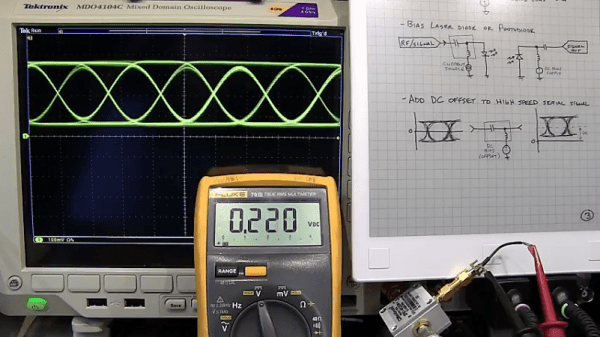Remember “Wordless Workshop” in Popular Science? [Roy Doty] illustrated a household problem and the solution for it cobbled up in the main character’s garage workshop. We wonder what [Roy] would have done with YouTube? Maybe something like the video from [VE2TAE] and [VE2AEV] showing their link coupling antenna tuning build. You can watch the video after the break, and if you aren’t a fan of Jazz, you can mute the volume.
Like [Doty’s] cartoons, the video presumes you are going to have your own idea about dimensions and component values to fit your needs. But the construction is beautiful in its own right. The tubing wound into giant coils is impressive and brings back memories of the old days. However, the construction of the variable capacitors really got us excited. Big air variable caps may be hard to find, but the video makes them look easy to make.
A couple of nice looking knobs and panel meters make for a great looking tuner. With that spacing, we imagine it would handle full legal power without any difficulty at all. If you want to learn more about this type of tuner, [VK1OD] had a great page about it which seems to be defunct now. But the Internet Archive comes to our rescue, as usual.
The design is quite old, so even a 1934 copy of “Radio” can explain it (look on page 6). If you want to see a more wordy example of making variable capacitors — although they are smaller, the same principles apply — [N4DFP] has a good write up for that.
Of course, these days, most people expect their antenna tuning to be automatic. With some Lego, though, you could refit your manual one, if you like.
Continue reading “Link Coupling Antenna Tuner Wordless Workshop”

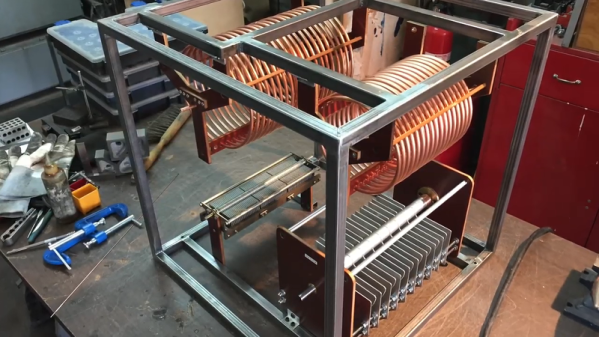
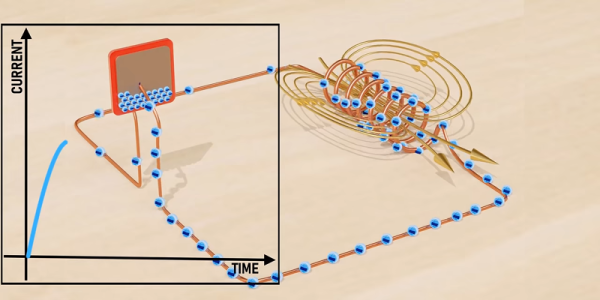
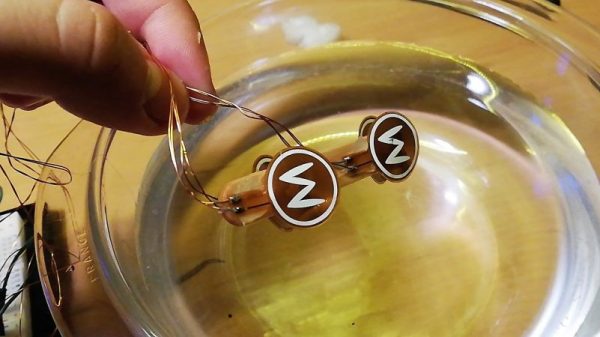

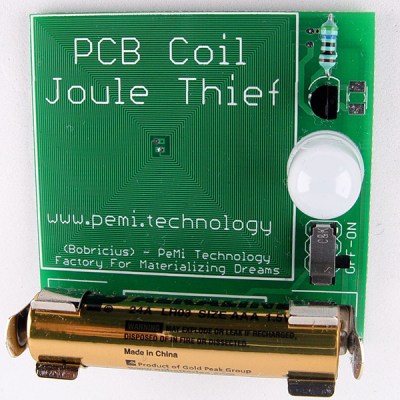 At the forefront of these experiments in PCB coil design is [bobricious], and already he’s made brushless and linear motors using only tiny copper traces on top of fiberglass. Now he’s experimenting with inductors. His latest entry to the Hackaday Prize
At the forefront of these experiments in PCB coil design is [bobricious], and already he’s made brushless and linear motors using only tiny copper traces on top of fiberglass. Now he’s experimenting with inductors. His latest entry to the Hackaday Prize 


